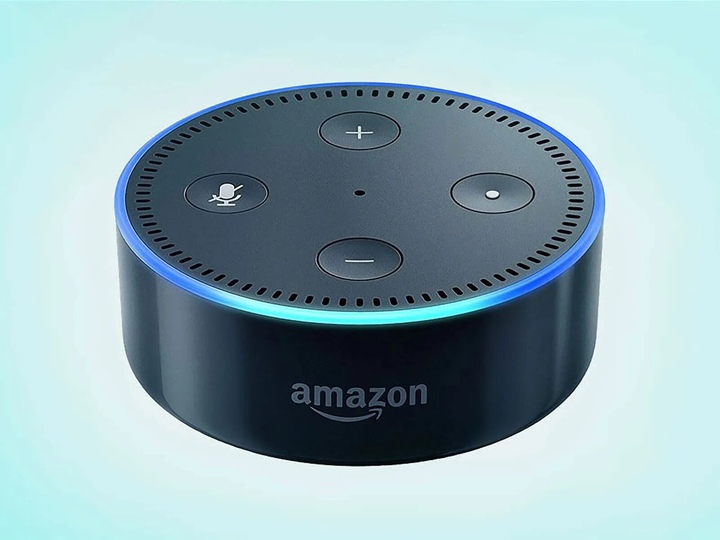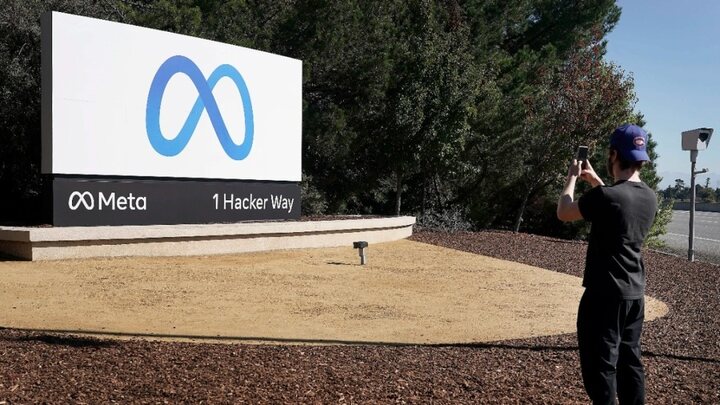Amazon is working to boost the capability of Alexa. Here’s how
Amazon Alexa, the voice-activated assistant, has quickly become a household name since its debut in 2014. It has evolved from a simple device that could answer basic questions to a fully-fledged platform that can control smart homes, plays music, set reminders, order groceries, and more.

But Amazon is not stopping there. The company is working on boosting the capability of Alexa even further in several ways. Amazon CEO Andy Jassy revealed Monday that the company is developing a more “generalized and capable” large language model (LLM) to support Alexa.
Also Read: Amazon sees cloud slowdown in April, shares erase gains
Although Alexa has been powered by an LLM from Amazon, according to Jassy, the tech giant is currently developing a new LLM that will be more powerful. Jassy is certain that the addition of a better LLM will aid Amazon in its mission to create “the world’s best personal assistant,” but he also noted that it will be challenging to do so across a variety of fields.
“Large Language Model” (LLM) refers to a type of artificial intelligence technology that is used to process and analyze natural language data. Large Language Models are a type of deep learning model that uses neural networks to process large amounts of text data and generate outputs, such as text or speech.
Some examples of LLMs include OpenAI’s GPT series, Google’s BERT, and Facebook’s Roberta. These models are trained on massive datasets, often consisting of billions of words, in order to learn patterns and relationships in language. They use this knowledge to perform a variety of natural language processing tasks, such as language translation, sentiment analysis, and text generation.
LLMs have a wide range of applications, from language translation and sentiment analysis to chatbots and voice assistants. They are particularly useful in situations where a large amount of text data needs to be processed quickly and accurately.
Jassy emphasized that while Amazon has had years to invest in AI and LLMs, small businesses do not have the resources to do so, which is why the business released Bedrock earlier last month.
By using pre-trained models from firms like AI21 Labs, Anthropic, and Stability AI, Bedrock offers a method to create generative AI-powered applications. Bedrock also provides access to Titan FMs (foundation models), a collection of models that AWS has internally trained and is available in a “limited preview.”
Also Read: Amazon plans to trim employee stock awards amid tough economy
ChatGPT has taken over the internet and grown in popularity since its debut last year. Given the hype associated with ChatGPT, it should come as little surprise that top technology businesses are attempting to improve their own products using LLM in order to keep up with the rapidly evolving AI market.
The Information stated recently that Apple is creating Siri upgrades based on LLM. Google is probably taking similar steps with Assistant.

I am a law graduate from NLU Lucknow. I have a flair for creative writing and hence in my free time work as a freelance content writer.





